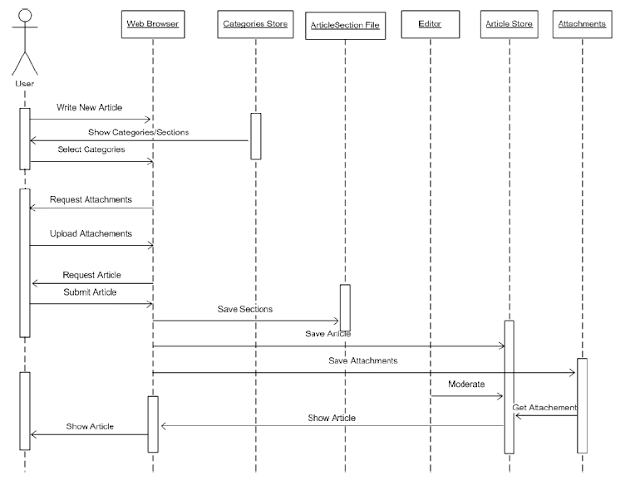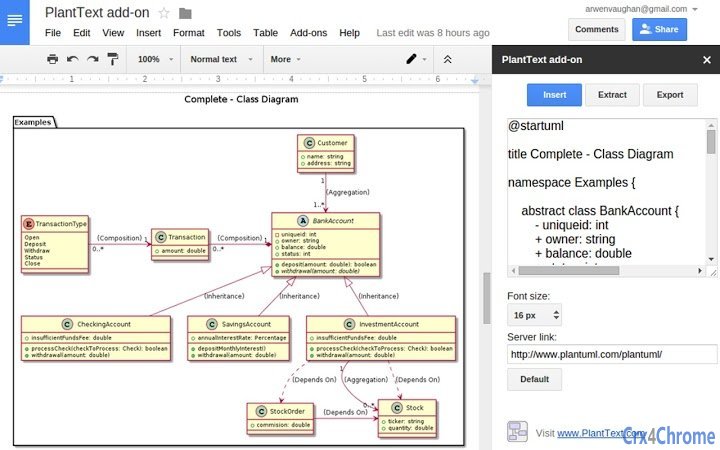


Figure 2: Container governance and policy compliance - Container management stages Handling Image Supply Chain Existing CI/CD tools can be leveraged to build container images after compiling code and base references. Enterprises should address the following aspects while designing a container management lifecycle. Planning Container Management Strategy So far, we have discussed all major components of container management. Orchestrators will also have their own logging and monitoring since containers are ephemeral in nature. Container execution inside a cluster of managed infrastructure includes supporting tools and utilities for running containers. A containerization strategy - which covers monitoring and observability of logging, traces, and metrics collection - should include container workloads, orchestration, and tooling that support container execution. Now we need to understand containers' behavior and what they are up to. Container Monitoring and Observability Images and containers are fully packaged with all the dependencies and prerequisites of apps running on top of an identified compute. A management solution enforces policy and compliance in parallel with a runtime security scan for vulnerabilities inside a container pipeline, and it scans running containers on host nodes. Container Runtime Security and Policy Enforcement It is equally important for your container management solution to perform security scans, competence checks, and policy enforcement. At scale, however, it is almost unmanageable to handle a large workload without an intelligent orchestrator that orchestrates these infrastructures as well as other aspects of container execution. Provisioning the right storage and networking for those containers can be manually or semi-automatically handled. If you're working with just a few containers, you can still manually gauge and control where to run the containers, what else will be in the app sidecars, or support ecosystem components.
PLANTTEXT SEQUENCE DIAGRAM SOFTWARE
This includes compute for running containers and software logistics to schedule and organize them. For this, you need something on which you can run or execute containers. An image supply chain also includes: All the layers of images built on top of the base image, which includes libraries and utilities that complement the containerized application package CI/CD tools that test and scan your packaging as a container image Static and runtime scanning for vulnerability detecting and patching, signing, or hashing of images to validate their sanctity in your registries or pipeline Figure 1: Container management lifecycle - Container image supply chain Container Infrastructure Handling Once your container image supply chain has been established (see Figure 1), you next want to run and build your application on top of it. An image supply chain consists of all the nuts and bolts to make it executable on environments by pull, build, and run. Container and Image Supply Chain Container images are building blocks for running containers. Aspects of Container Management Strategy Let's understand various key parts of container management and its components. Enterprises need to holistically consider container management planning and lifecycle before accelerating container adoption. It also contributes toward solution agility and helps in reducing the blast radius and vulnerabilities. Giving priority to strategizing and managing the container lifecycle can help boost productivity and the effectiveness of developers and teams. Ignoring a container management strategy can lead to developer and operator ineffectiveness, poor governance and compliance, and security challenges in the long term. In this case, "container management" looks like little more than having docker build and docker run. When enterprises start adopting containers, they will only have a handful of containers to look after. Containers are not only about building and running images - a lot more goes on behind the scenes for container management, including all the tools and processes covering the complete lifecycle of containers. Enterprises on the cloud-native roadmap are adopting and running containers at scale. Benefits of containers are widely evident around the cloud-native world and its modernization journey.

They also unlock system architecture to adopt a multi-cloud ecosystem by providing an abstraction between the application and underlying platform. This is an article from DZone's 2023 Containers Trend Report.For more: Read the Report Containers are a major catalyst for rapid cloud-native adoption across all kinds of enterprises because they help organizations quickly lift and shift legacy applications or break monoliths into microservices to move to the cloud.


 0 kommentar(er)
0 kommentar(er)
